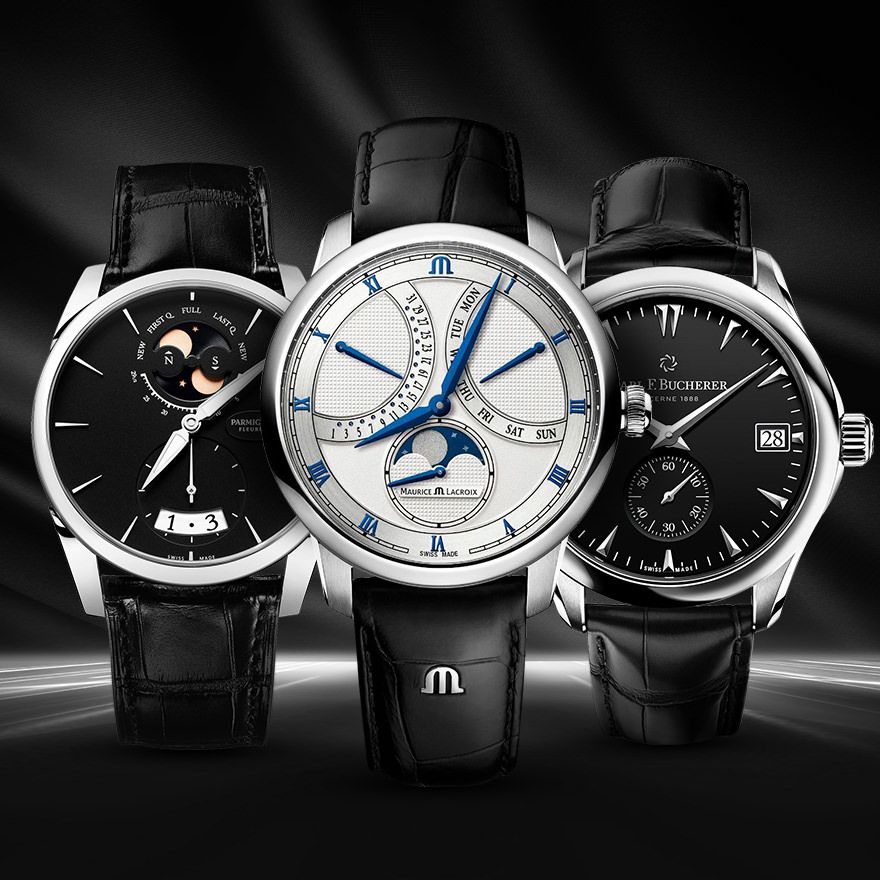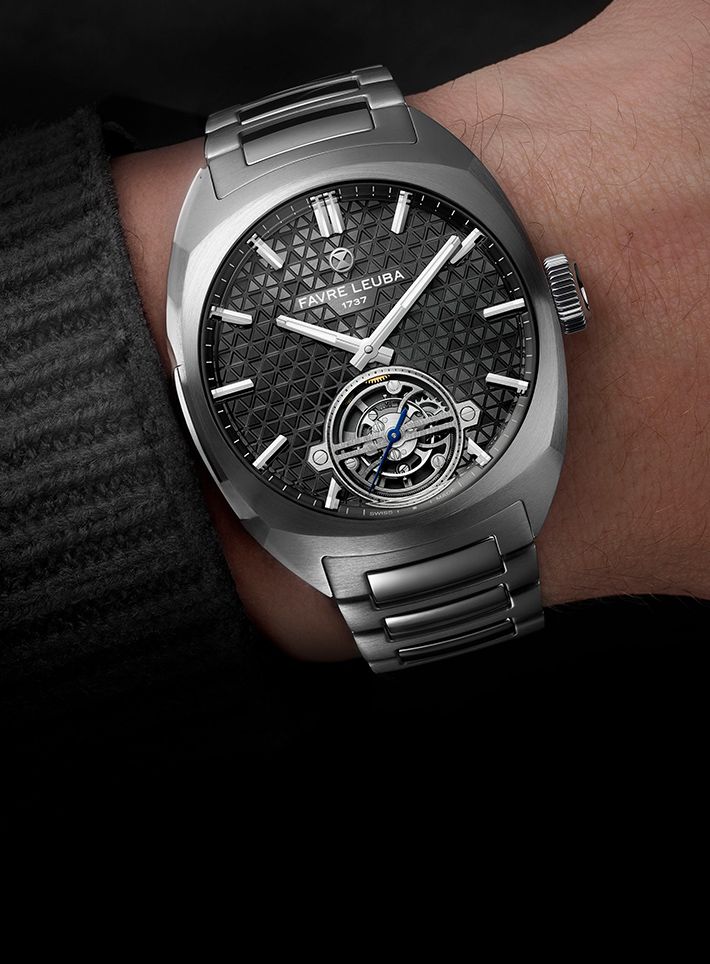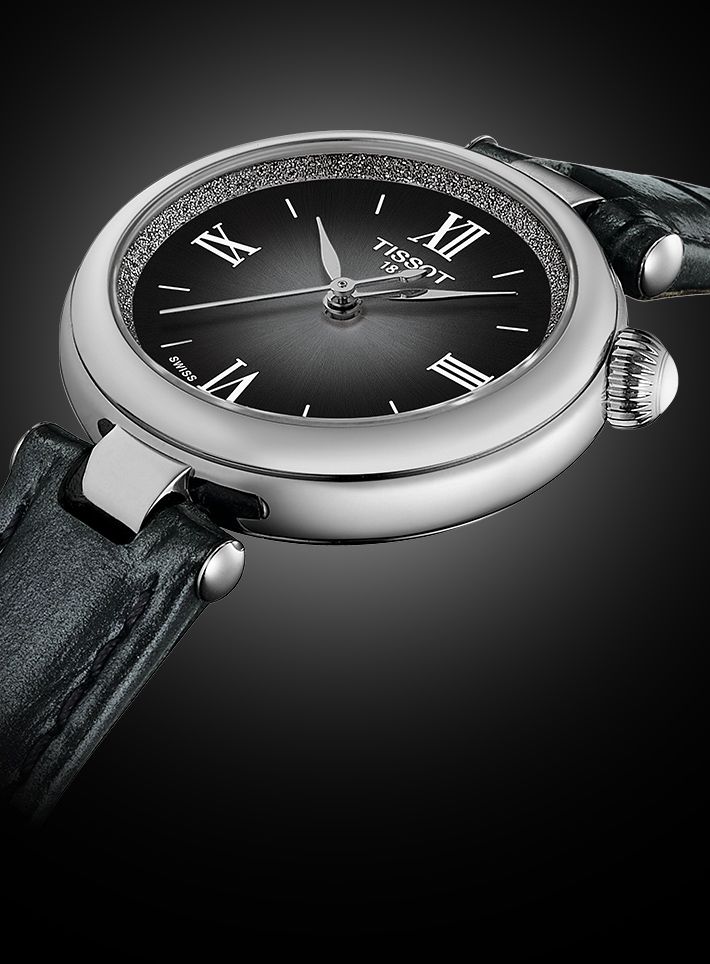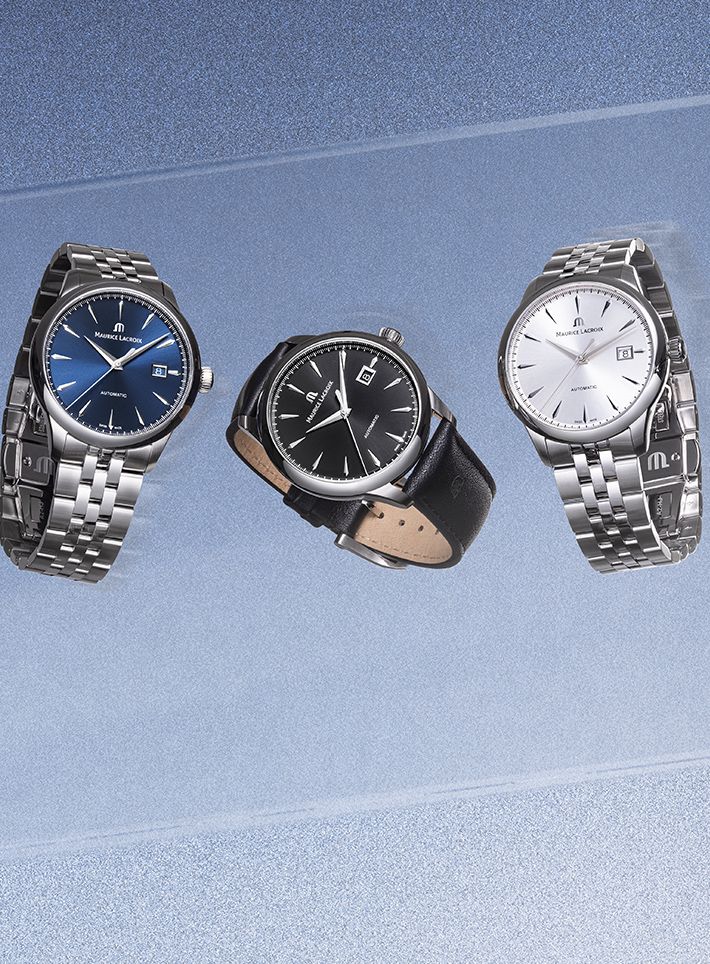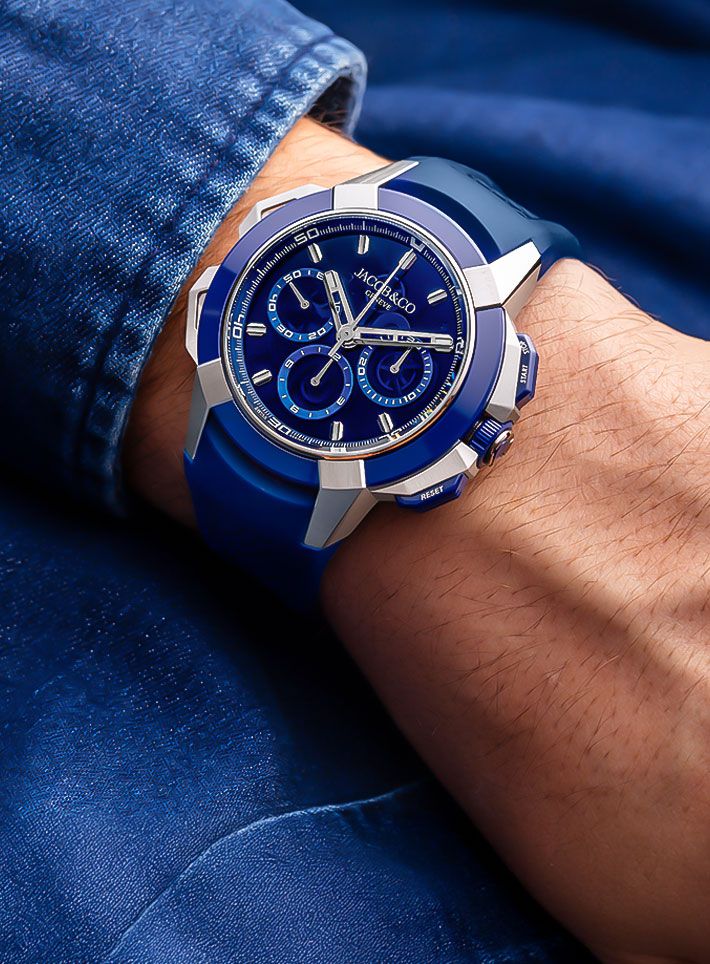Watch GlossaryQuartz Movement
Discover what a quartz movement is in a watch
May We Recommend
What is a quartz movement?
A quartz movement is an internal mechanism that uses a battery and doesn’t need regular winding like a mechanical watch. The main important components of a classic quartz watch are a battery, an integrated circuit, a quartz crystal, a stepping motor, and a dial train.

How did the quartz movement originate?
Watch makers excelled with the craft of designing mechanical movement and believed it to be the only reliable form of watch keeping. In the late 1880’s the piezoelectric qualities of quartz were discovered which shifted the paradigm to quartz movement in watches. Referring to this unique quality of crystal oscillators, the first quartz clock was built by Warren Marrison and J.W. Horton in 1927. The wider use of quartz movement was awaited till the discovery of semiconductor digital logic in the 60’s. The Beta-1 of a quartz watch was developed by the Swiss and the Japanese in 1962 and recommended it to be the more reliable and precise way of timekeeping.
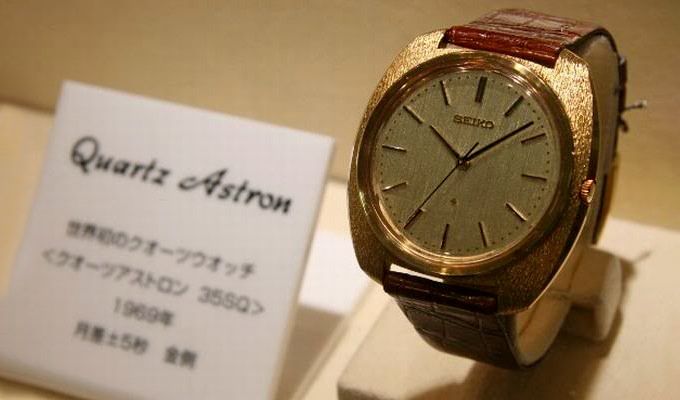
Seiko launched its first quartz watch to the customers in 1969 and hence is referred to as the father of quartz watches. It appeared on the market in Tokyo on Christmas Day in 1969. With a limited production run of only 100 pieces, these Seiko watches had analog dials and sold for 450,000 yen ($1250), roughly the same price as a Toyota Corolla.

How Does A Quartz Movement Work?
In a quartz movement, the battery becomes its main power source as it sends an electrical current to a small quartz crystal, electrifying the crystal, causing vibrations of 32,768 times each second. The crystal resonator acts as an electronic filter that eliminates all but a single frequency of interest. In other words, these vibrations are converted to a single electric pulse each second. The output of the resonator goes back to the input of the amplifier, and the resonator assures that the oscillator moves with the exact frequency of interest. It means that this pulse drives the watch hands, giving them the ticking motion. It also enables the movement to oscillate, which moves the watch hands, and power complications such as a chronograph, annual calendar or dual time zone.
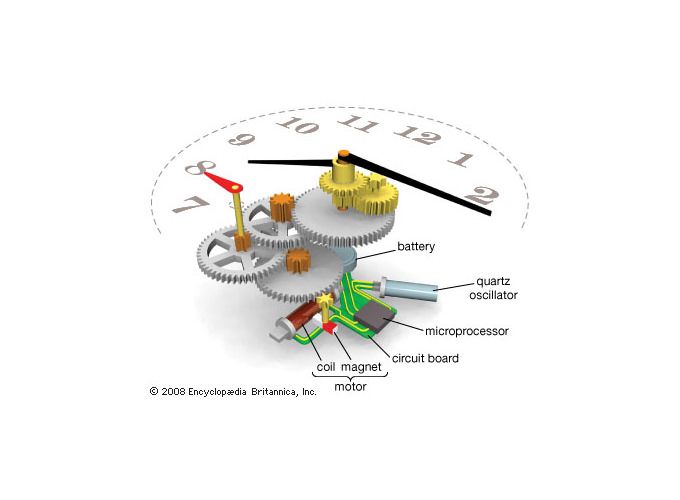
Standard-quality resonators of this type are warranted to have a long-term accuracy of about six parts per million, that is, a typical quartz clock or wristwatch will gain or lose 15 seconds per 30 days hence, making a quartz watch more accurate than a mechanical watch.
What are the plus points of a quartz movement watch?
Quartz movements are far more accurate in keeping time. The accuracy of quartz watches is half a second better than automatic watches. Quartz watches are more affordable than the mechanical counterpart and don’t require complex technology to function. These watches don’t require regular servicing as they are battery-powered and can last even upto 30 years if maintained properly.
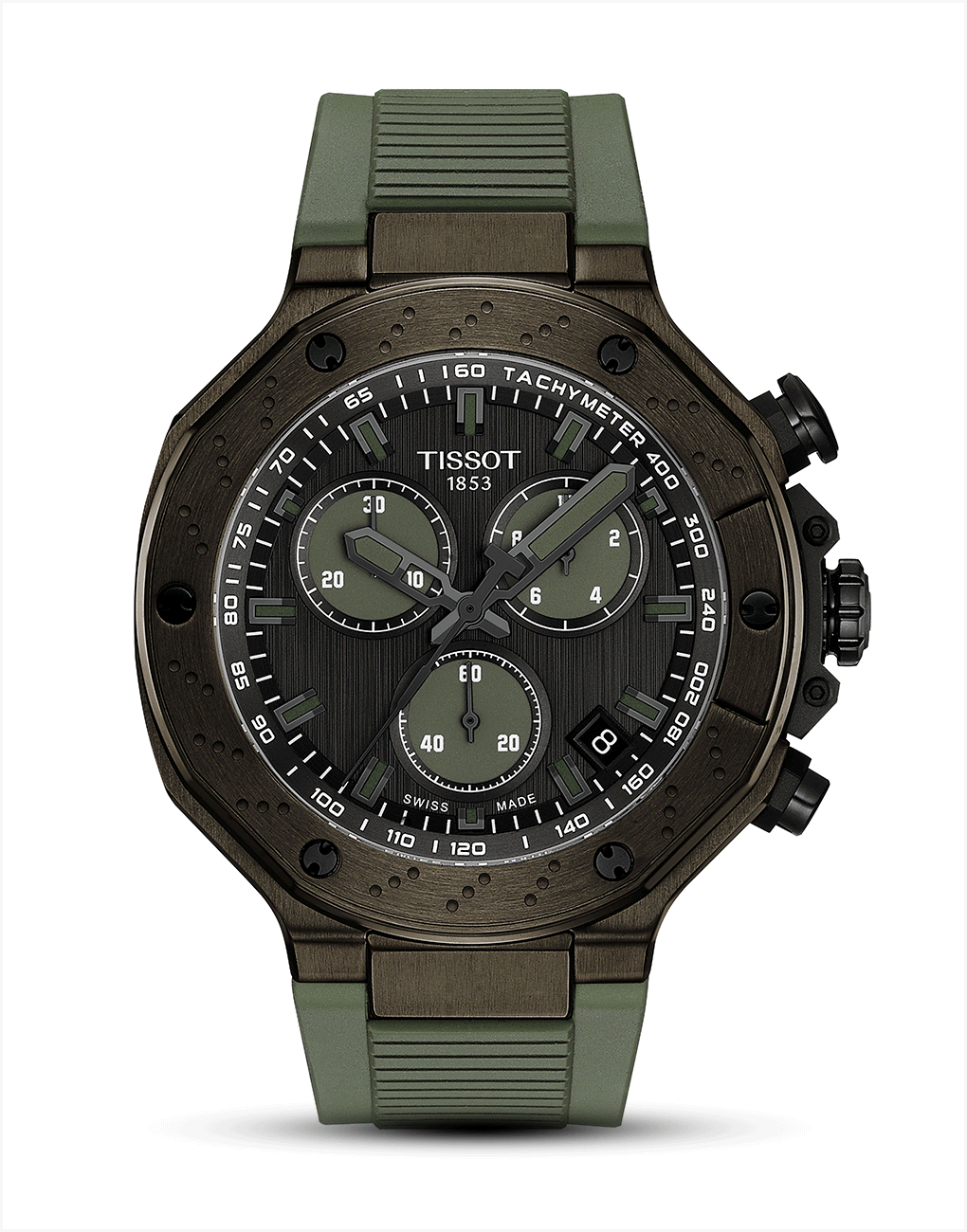
The only maintenance required is replacement of the battery when the watch stops working. Quartz watches are priced lower than their mechanical counterparts, and are battery powered. That said, true watch collectors and horological connoisseurs prefer mechanical watches for their technical craftsmanship and engineering. As a quartz movement has less moving parts to consume the energy, it mitigates the number of things that could require repair and most of the power needed to keep the crystal oscillating is retained.
